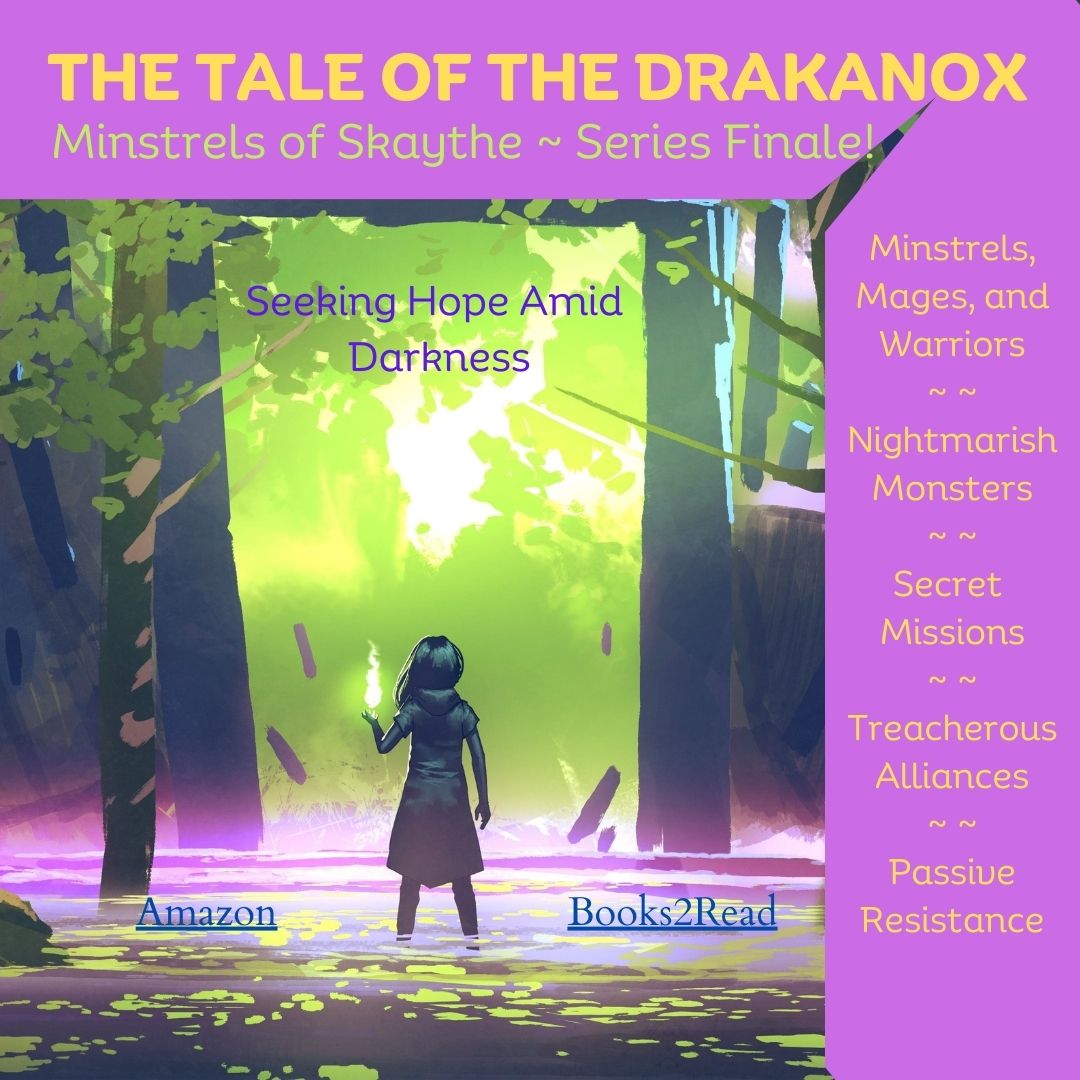The first of Moorcock’s Elric stories was published in 1961. Like many series of that era, it was not planned to be such. The stories were simply popular enough that editors asked for more, and Moorcock obliged. So the series unfolded as a sequence of novellas and novelettes in various genre magazines. These were stitched together into six novels and published in 1976-1977 by DAW Books. The books are Elric of Melnibone, Sailor on the Seas of Fate, The Weird of the White Wolf, The Sleeping Sorceress (a.k.a. The Vanishing Tower), Bane of the Black Sword, and Stormbringer.
Moorcock had started writing these stories in his twenties, a stage of life when young people often begin to confront deep questions like the meaning of life, whether the world is basically evil or basically good, and how (or indeed, whether) a well-intentioned person can navigate life’s challenges when it seems that all men are only out for themselves. The result of his meditation is a strong and unique statement that, even decades later, I don’t want to spoil.
Regardless of the shortcomings, some of which I mentioned in my last post, Moorcock’s doomed hero left an indelible mark on the genre. Some of the now-familiar themes Moorcock gave us include: intelligent, malevolent swords; sorcery as a grueling and visceral process; travel through dimensions and time; Law and Chaos as two competing pantheons who strive against each other for control of the universe. Echoes of Moorcock’s dark vision can still be heard in corners as diverse as George R. R. Martin’s Game of Thrones, various incarnations of Dungeons and Dragons, and the anime series Full Metal Alchemist; Moorcock’s hero is likely the person Edward Elric is named after.
If you are a venturesome reader, someone who can tolerate a very different approach or appreciates the writing styles of a bygone era, give Michael Moorcock’s Elric saga a try. You won’t be disappointed.
